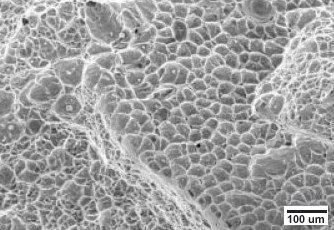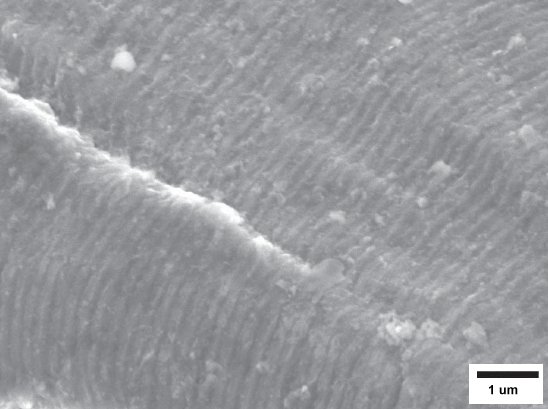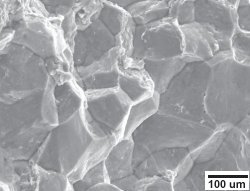Failure analysis is the logical, systematic examination of an item, its construction, application, and documentation to identify the failure mode and to determine the failure mechanism and its basic cause. Failure analysis without recommendations to prevent similar, subsequent failures does not do justice to the client's true needs.
We determine how and why equipment, components, metals, alloys and non-metals fail, as well as performing complete, thorough investigations to determine the fitness of equipment that has deteriorated due to corrosion, fracture, mechanical damage, or exposure to fire.
Our standards are high in appreciating the client's needs for understanding the exact cause for a failure and we are known for providing honest, practical solutions with the specific needs of the client in mind. We have more than 30 years of combined, practical experience with mechanical and corrosion related failures with many of failure analysis investigations conducted. The combination of our engineering experience and fully equipped laboratory facilities allows us to efficiently uncover the root cause of a failure and help recommend the best solution to prevent recurrence. The chances are, if you have a problem, we have already seen it.
Fractography is the interpretation of features observed on fracture surfaces and, although it is simple in many cases, it can prove to be fairly difficult in practice. This is particularly the case on high strength quenched and tempered steels, or in alloys (such as cast irons and pearlitic steels) where the microstructure affects the crack path. For metallic alloys, significant reference sources exist, often in the form of atlases of fractographs. Once the fracture mechanism types have been identified at low magnification, the high magnification fractographs can be used for confirmation and to build up a 'reference library' of fractographs.
In general terms, there are three basic crack growth mechanisms possible in fast fracture - intergranular along grain boundaries (or interdendritic fracture), brittle fracture via cleavage along crystallographic planes (or through pearlite lamellae), and transgranular ductile fracture via microvoid coalescence. Fatigue, by definition, involves ductile fracture, which is usually transgranular (through the grains), although intergranular fatigue is possible under certain special circumstances. Although it may prove difficult to fractographically distinguish between fast fracture, fatigue or stress corrosion cracking under certain circumstances, overall consideration of the facts and circumstances of a particular case usually allow correct interpretations of the evidence.
Several internet sites exist to aid in identification of the fractographs shown, for instance, the various mechanisms of fracture (including fatigue). The scanning electron microscope (SEM) is an indispensable tool in the study of fracture surfaces. The fractography resource provides a general introduction to the science of fractography, together with images illustrating the various failure mechanisms.
 Ductile fracture surface.
Ductile fracture surface.
|
 Cleavage fracture surface.
Cleavage fracture surface.
|
 Fatique fracture surface.
Fatique fracture surface.
|
 Intergranular fracture surface.
Intergranular fracture surface.
|